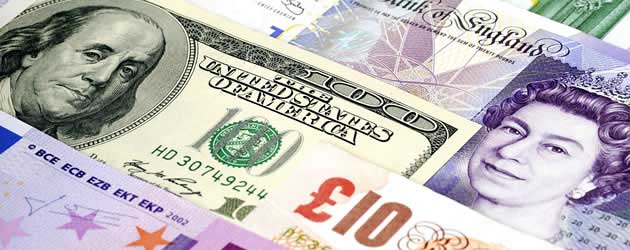
With speculation mounting once again that the Federal Reserve will opt to reduce the pace of its asset purchases in September investors have begun pulling their funds out of emerging economies in flights to safety.
Despite the relatively dire economic performances of the major Western economies in the aftermath of the global financial crisis, investment in the BRICS (Brazil, Russia, India, China & South Afirca) has remained fairly stable. This is because the Fed’s expansive $85 billion a month QE3 programme has been driving interest rates lower around the world, allowing traders to obtain credit cheaply and take advantage of the higher returns offered in the emerging BRICS economies.
However, with the US economy starting to find its feet again the world’s most powerful Central Bank now intends to taper its stimulus programme in order to normalize market rates and prevent an asset bubble from being created by artificially cheap credit.
So far this year the Brazilian Real has lost nearly -15% of its value versus the US Dollar despite three separate interest rate hikes of 0.25%, which were designed to strengthen the domestic currency.
The South African Rand has also lost out on around -15% of its value as traders have taken their money out of Africa’s largest economy.
The Indian Rupee has declined by around -12% to an all-time record low against the ‘Greenback’ as an unproductive government has failed to stem a rapidly growing current account deficit, which has spooked investors out of the country.
The Russian Ruble has tumbled by around -7%, but with second quarter GDP printing at a 3-year low of -0.07% pressure is growing for the Central Bank of Russia to spur growth by reducing the benchmark interest rate from its current level of 8.25%.
The Chinese Yuan Renminibi is the only BRICS currency to post gains against the US Dollar this year, but this has been a result of less stringent capital controls from the People’s Bank of China, which previously manipulated the exchange rate to ensure that Chinese exports remained affordable to foreign buyers.
This unwinding of carry positions in the emerging BRICS economies has led to an influx of liquidity in the traditional safe haven currencies of the US Dollar and the Pound. As economic conditions have started to improve in the Eurozone the world’s second most traded currency, the Euro, has also managed to absorb some risk aversion flows.
The Euro gained around half a cent against the Pound yesterday and strengthened by almost 0.9 cents against the US Dollar. The Sterling to US Dollar exchange rate (GBP/USD) rallied by around 0.2 cents but failed to breach resistance levels at 1.5700.
The exodus of cash from the emerging economies is likely to continue this evening if the Federal Reserve Minutes from July’s meeting hint at QE3 tapering in September; the US Dollar would also be expected to rally back versus the Pound and Euro under these circumstances. However, the BRICS could see temporary currency stabilizations if the prospect of asset purchasing tapering is explicitly denied in the Fed report; GBP/USD has the potential to reach a 6-month high of 1.5753 if this scenario is realized.

Comments are closed.